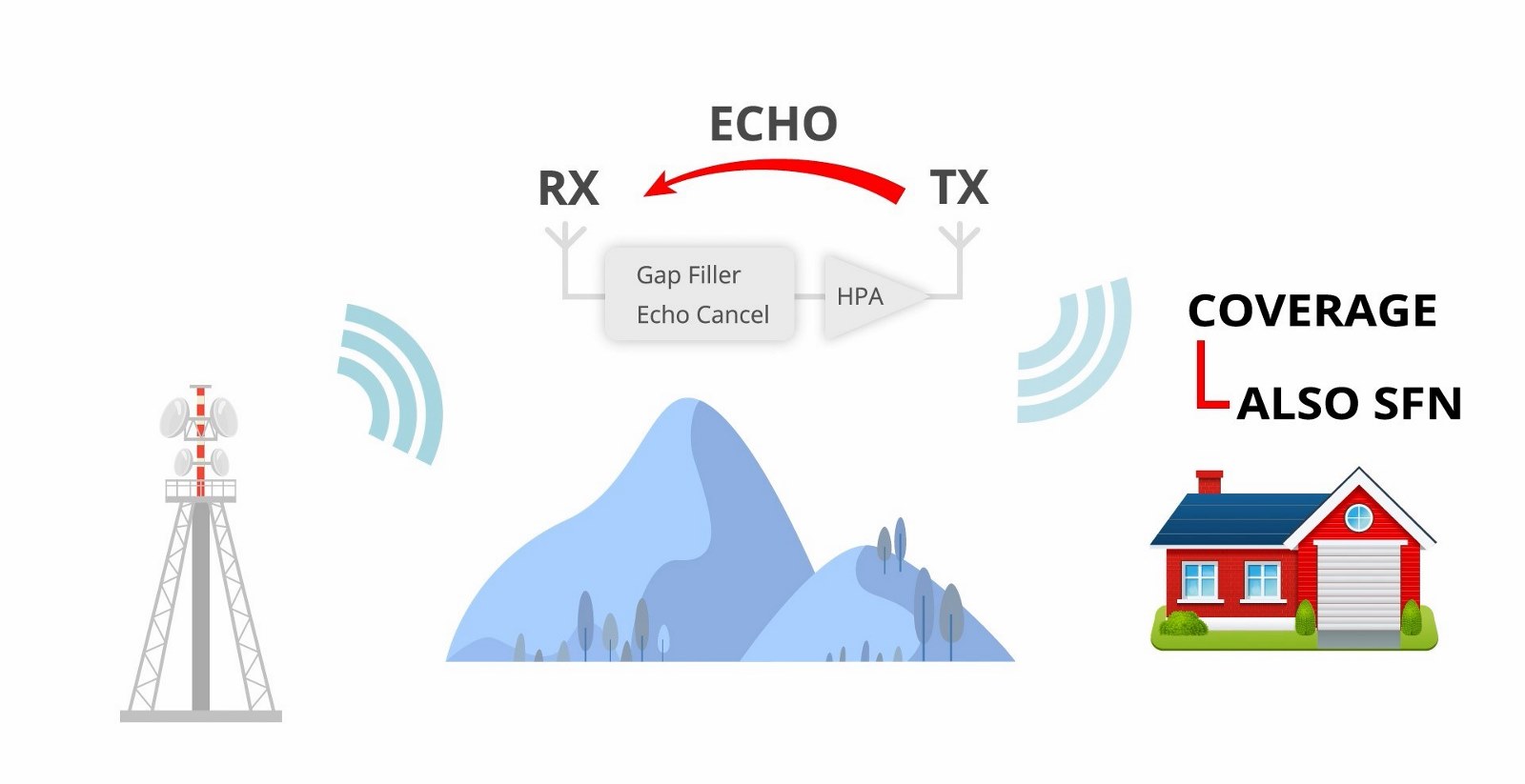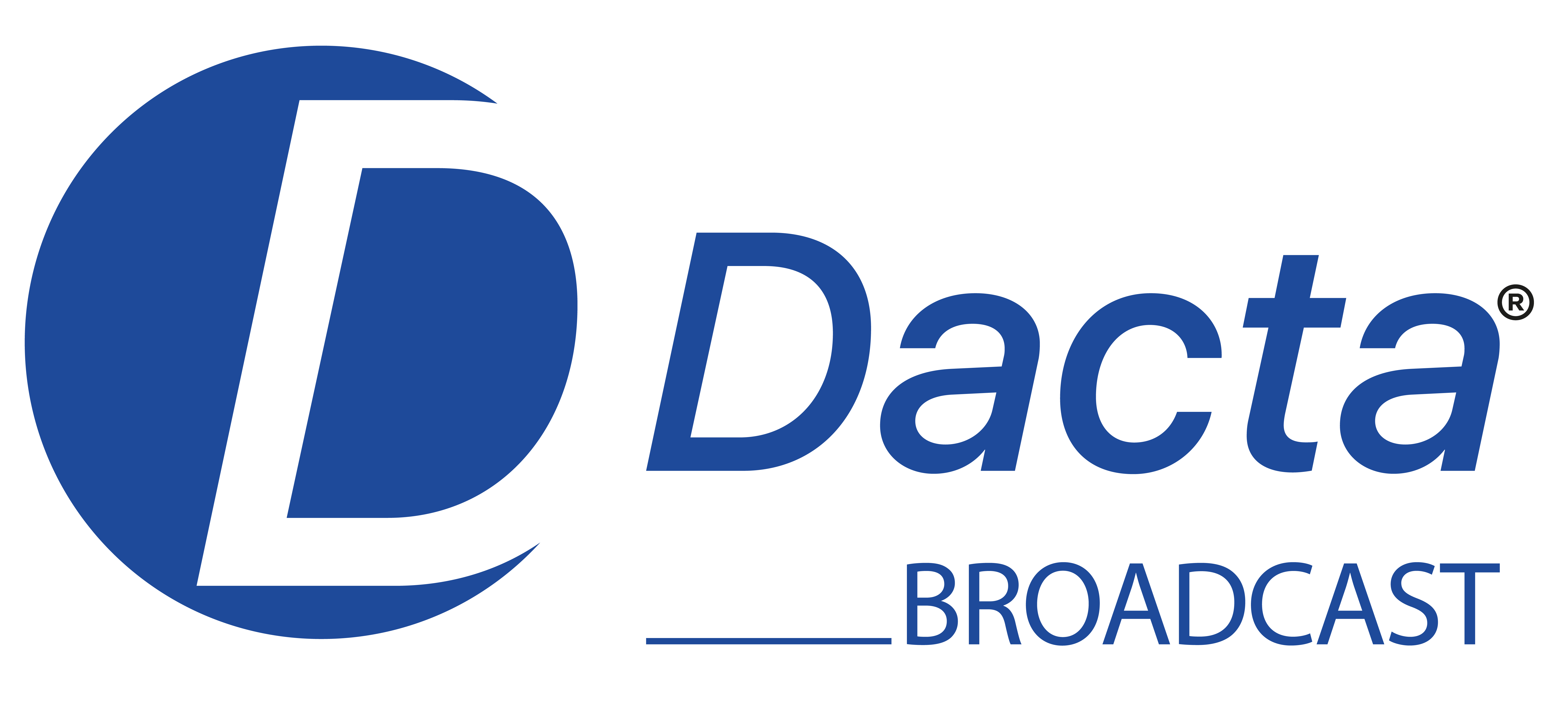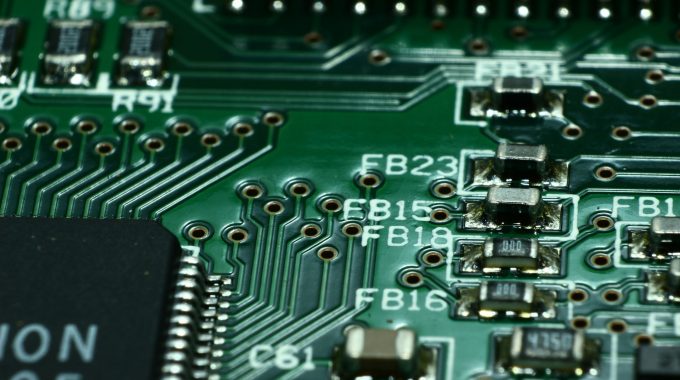The Technological Leadership of the Elenos Group: Echo Cancellation: You have Gaps, we have answers!
The Elenos Group includes Itelco, ProTelevision, Broadcast Electronics and of course, Elenos. The group has a core R&D group numbering over 20 engineers and technicians which are devoted to advancing the state of the art in Broadcast Transmission technology. This is the first in a series of articles which highlight new advances from the group.
On-frequency boosters or Gap Fillers are becoming increasingly common in digital television. They offer a surprisingly cost effective and easy way of providing good television reception in an area where the main station coverage is blocked by terrain or buildings. The unique thing about Gap Fillers, is that they transmit on the same channel as the main station. This is valuable because it conserves spectrum, but also because it means the viewer doesn’t have to tune to a different channel.
But using the same channel poses a challenge for the gap filler. Since it is essentially receiving and transmitting on the same channel, the strong signal coming from its nearby transmit antenna can distort the received main station signal, and even cause an oscillation. This is illustrated below:

The main transmitter on the left side is transmitting as normal but the mountain in the middle blocks that signal from being received at the home on the right. The Gap Filler is installed on the top of the mountain, with the receive antenna directed towards the main station, and the transmit antenna toward the home. But, due to proximity, there is also an “Echo” signal from the transmit antenna which is received at the receive side. This echo can cause deterioration of the receive signal. Since the output power of the gap filler is proportional to the echo, this can limit the effective power from the gap filler.
The primary way of reducing the echo is to provide isolation between the transmit and receive antennas. This can be done by separating the antennas as much as possible, placing them on opposite sides of a hill or building, and/or by proper design of each antenna pattern and polarization. But even if the isolation is 80dB, this would limit the power output of the gap filler to 1/10th of a watt:

Obviously, this power level is not sufficient for most applications. Fortunately, there is a technology that can help to solve the problem: Echo Cancellation. With this technique, the echo is received and analyzed to extract just the echo portion of the signal present at the output of the Gap Filler, and it is inverted in phase and added back at just the right level and at just the right phase to effectively cancel the echo from the input which can make a significant difference in the power output of the gap filler:

In this example, the echo signal is reduced by 30dB, which allows a 100 watt output of the gap filler before the output signal overwhelms the input signal from the main station.
Unfortunately, there are factors that limit the effectiveness of the echo canceller:
- The echo signal can be more than a million times stronger than the desired receive signal.
- The amplitude of the main station signal as well as the echo signal can vary due to weather or atmospheric conditions.
- The phase difference between the main station signal and the echo signal can vary due to small positional changes in the antennas due to wind.
- The real-world noise environment for the received main station signal applies with other adjacent and co-channel interference, as well as other multipath reflections. This is more apparent as the main station signal level is lower.
- At higher bit rates of the input digital signal the time needed to recognize and isolate the echo becomes very short, necessitating very high speed algorithm processing.
The concept of echo cancellation is not new, and several manufacturers offer this feature, however the above factors limit the performance. The Elenos Group dedicated a team of engineers and professors at a technical university to the task of developing an algorithm that could overcome these limitations. After several years of research, this was accomplished, and was implemented on the programmable RF SuperComputer from Protelevision that lives in every Itelco transmitter.
The result? In tests by an independent organization, the new Itelco Gap Filler with Echo Cancellation reduced the echo as much as 10dB even at higher data rates and at realistic input signal levels, making Gap Fillers practical in more environments than ever before. True innovation is both hard and expensive, but the long term benefits are huge, that why the Elenos Group continues to invest in R&D.






